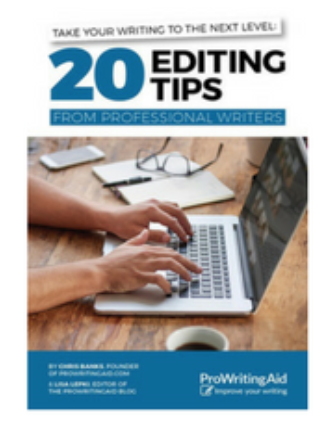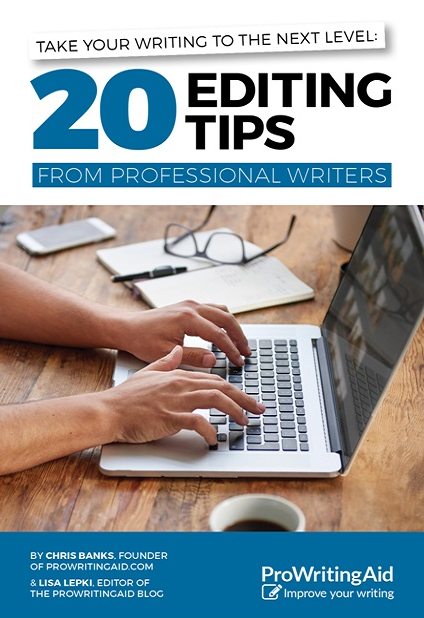ProWritingAid: Drilling down
Step 9 of the Red Pen Editing cycle is to drill down. When you are relatively happy that you’ve fixed the major things – you have balance and structure, you have the right tense and voice, you've worked on dodgy patches, there are no more tasks on your list - it’s time to drill down. How often you drill down is up to you. It's essential before moving on to Step 10:...



